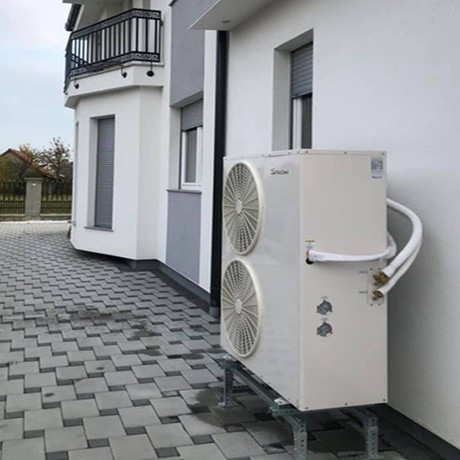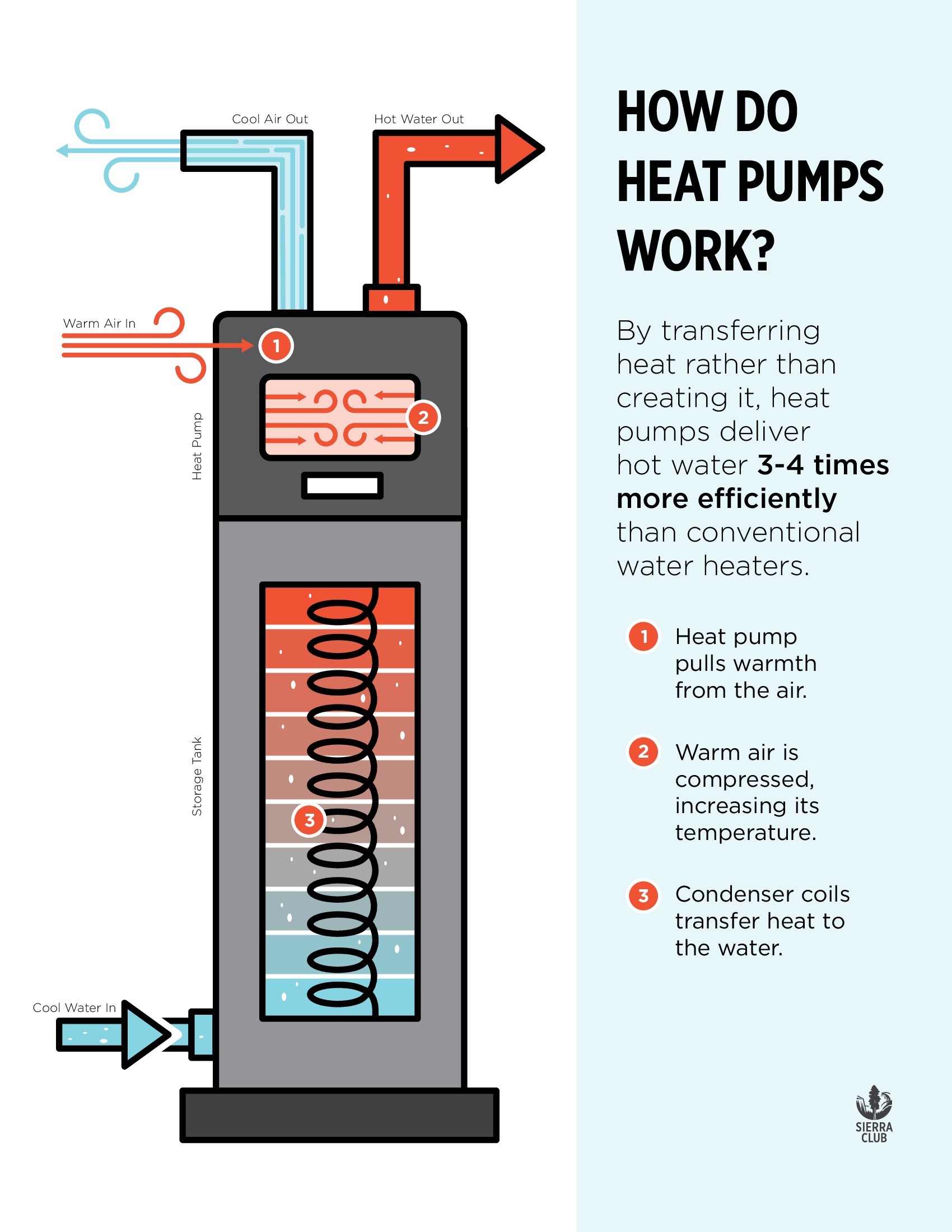The heat pump industry is evolving faster than ever, and 2025 is shaping up to be a pivotal year for innovation in energy efficient heating. Whether you’re a homeowner looking to cut utility costs or a business aiming to meet sustainability targets, the latest heat pump technology offers smarter, greener, and more versatile solutions than ever before.
From cold-climate breakthroughs to AI-driven efficiency, this article dives deep into what’s new, what matters, and how you can leverage these trends to your advantage.
Cold-Climate Performance Goes Mainstream
In the past, heat pumps were often dismissed in colder regions due to performance issues in sub-zero temperatures. That perception is changing fast. Manufacturers like LG and Mitsubishi are releasing models engineered for sub-zero heating efficiency, using advanced variable-speed compressors and intelligent defrost cycles.
Cold climate heat pumps are no longer a niche product. With the right technology, they can outperform fossil-fuel furnaces even in harsh winters.
— LG HVAC Division Representative
These systems are now capable of delivering reliable heat even in northern states and Canadian provinces where winters are long and brutal.
| Feature | Cold Climate Model | Standard Model |
|---|---|---|
| Operational Temp Range | Down to -15°F | Down to 20°F |
| Heating Efficiency (HSPF) | 11.5 | 9.0 |
| Defrost Cycle | Adaptive AI | Timed Manual |
As shown above, the new generation of cold-climate heat pumps not only expands market reach but also makes year-round comfort possible without fossil fuels.
Climate-Friendly Refrigerants Take Center Stage
Refrigerants have long been an environmental concern due to their global warming potential (GWP). In 2025, we’re seeing a shift toward low-GWP refrigerants like R-32 and R-454B, driven by international agreements like the Kigali Amendment and updated EPA guidelines.
These new refrigerants reduce environmental impact while maintaining — and in some cases enhancing — system efficiency. For businesses aiming for ESG compliance, this is a crucial upgrade.
The heat pump market is not just growing — it’s evolving. The push for electrification, coupled with stricter building codes, is making high-efficiency, low-emission heat pumps the default choice for new installations.
— BCC Research Analyst
If you’re considering a system upgrade, ask your installer about refrigerant type — it’s a small detail with big implications for both compliance and sustainability.
Smart & Connected Systems Transform User Experience
IoT and AI are no longer buzzwords — they’re embedded in the latest heat pump technology. Smart controls can learn your schedule, adjust output based on weather forecasts, and even participate in smart grid demand-response programs.
Imagine a heat pump that preheats your home before you wake up, cools efficiently during peak summer hours, and communicates with your utility to optimize energy usage. This isn’t just convenience — it’s a direct path to lower bills and reduced carbon footprint.
For more on maximizing system performance, see our Heat Pump Maintenance & Troubleshooting Guide for Homeowners.
Hybrid Systems & Multi-Function Units Expand Use Cases
Heat pumps are no longer limited to space heating and cooling. In 2025, hybrid systems integrate with thermal energy networks, radiant heating, and even district energy grids. Multi-function units can provide heating, cooling, and hot water from one compact system.
This is particularly valuable for commercial properties and multi-family buildings where space and efficiency are at a premium.
| System Type | Functions | Ideal Application |
|---|---|---|
| Air-to-Water Hybrid | Heating, Cooling, Hot Water | Commercial/Residential |
| District Energy Integration | Heating via Thermal Network | Urban Developments |
| Radiant Heating Combo | Floor Heating & Cooling | Luxury Residential |
For a real-world example of hybrid efficiency, check out our Heat Pump Installation Case Study: Boosting Commercial Efficiency.
Energy Efficiency Ratings Surge Beyond Minimums
Efficiency isn’t just a selling point — it’s a necessity. Many 2025 models boast SEER ratings above 20 and HSPF ratings over 10, far exceeding federal requirements.
Pairing a high-efficiency heat pump with renewable electricity can cut household emissions by up to 50% compared to a gas furnace. This is a major step toward meeting climate goals without sacrificing comfort.
| Rating Type | 2025 Average | Federal Minimum |
|---|---|---|
| SEER | 21.5 | 15 |
| HSPF | 10.8 | 8.8 |
| Energy Star Certification | 85% of models | Optional |
Policy & Incentives Fuel Adoption
Government incentives are playing a huge role in accelerating heat pump adoption. In the U.S., the Inflation Reduction Act offers tax credits and rebates for qualifying systems. In Europe, REPowerEU aims to install 60 million heat pumps by 2030.
Local mandates in states like Oregon and New York are making heat pumps the go-to solution for new builds and retrofits.
By taking advantage of these programs, homeowners and businesses can offset upfront costs and enjoy faster ROI.
Conclusion: The Future is Electric — and Efficient
The 2025 heat pump trends highlight a clear trajectory: smarter, greener, and more adaptable systems are becoming the norm. From cold-climate breakthroughs and eco-friendly refrigerants to AI-driven optimization and hybrid versatility, the technology is ready to meet diverse needs.
If you’re planning an upgrade, focus on:
- Cold-climate capability if you live in northern regions
- Low-GWP refrigerant compliance
- Smart controls for maximum efficiency
- Multi-function potential to reduce equipment footprint
- Leveraging available incentives for cost savings
For a deeper dive into why heat pumps are central to sustainable heating, read our Heat Pump Benefits for Sustainable Heating Solutions.
The future of heating is efficient, connected, and climate-conscious — and 2025’s innovations prove it’s already here.


